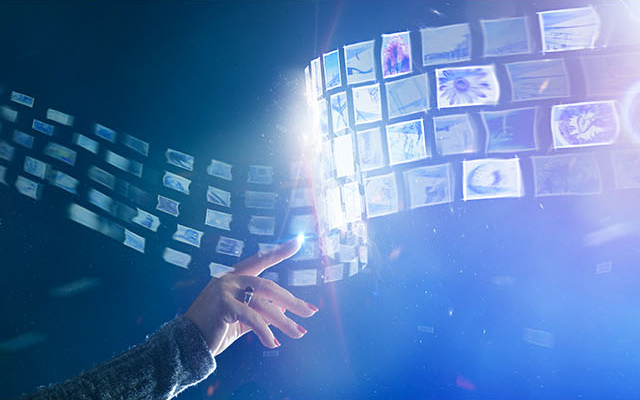FUJITSU SCIENTIFIC & TECHNICAL JOURNAL (FSTJ)
FSTJ is published by FUJITSU LIMITED to introduce the FUJITSU Group's research and development activities, cutting-edge technologies, products, and solution services.
Important Notice
We are discontinuing FSTJ publication with Vol. 56, No. 1, 2020 and also releasing
“Fujitsu Technical Review (English version)” as new web media in step with the times. Please look at the site as well.
Fujitsu Technical Review
Fujitsu Technical Review Launched
The Fujitsu Technical Review presents Fujitsu’s products, services, and solutions that contribute to solving social issues in detail from a technical perspective. The publication is intended to deliver information to as many people as possible through technical explanations, round table discussions, and research reports in addition to technical papers.
- Read more

FSTJ
Previous Issues
- Vol. 56, No. 1, 2020, "Cutting-Edge R&D: "Trust" in the Digital Era"
- Vol. 55, No. 5, 2019, "Security to Support Connected Society"
- Vol. 55, No. 4, 2019, "Digital Marketing"
Please refer to the further previous issues in the Archives.

Previous Issues
- Vol. 56, No. 1, 2020, "Cutting-Edge R&D: "Trust" in the Digital Era"
- Vol. 55, No. 5, 2019, "Security to Support Connected Society"
- Vol. 55, No. 4, 2019, "Digital Marketing"
Please refer to the further previous issues in the Archives.





